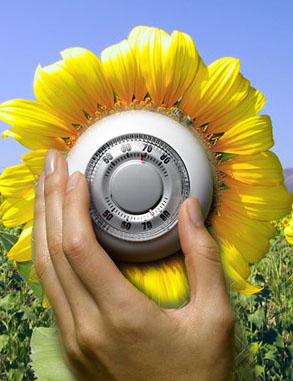 My father was a civil engineer with an eclectic outlook on life. He took great joy in designing efficient systems, doing more with less. My father also had a great love of nature, taking us on frequent canoe trips in Ocala National Forest. During his tenure on the city commission, Dad was a tireless advocate for setting aside green lands for future generations.
My father was a civil engineer with an eclectic outlook on life. He took great joy in designing efficient systems, doing more with less. My father also had a great love of nature, taking us on frequent canoe trips in Ocala National Forest. During his tenure on the city commission, Dad was a tireless advocate for setting aside green lands for future generations.
Dad had this idea that one should “live in harmony with nature,” that we should “adjust to the annual rhythm of the seasons.”
So it was that in the summer the thermostat at home was set at 78 degrees and in the winter at 68 degrees, even 62 at night or during the coldest times. The idea, the logic as best I remember it, was that we were an outdoor, active family and our bodies should adjust to the outside temperature so we would be comfortable being outdoors. There also may have been a bit of a New England ruggedness in there along with a twinge of pride in being of hardy pioneer stock, fit for the challenges of the frontier and all that. No wimps us.
It did work. I found my body easily adjusting to the temperatures of the season and, even today, I still seasonally adjust the thermostat as much as my wife or office teammates will tolerate. Actually, having grown up in a country where air conditioning was not the norm, my wife is better at tolerating high temperatures than I.
Looking back to my childhood, it may have seemed a bit strange to some: in the winter we would be wearing sweaters and jackets inside the house while others would be warming their houses to short-sleeve temps even in the dead of winter. Dad simply said it was more efficient to heat your micro environment that your macro. That made sense to me as a kid and it still does now.
While I don’t think his primary goal was to reduce our carbon footprint or save fossil fuels and money, all were virtuous side benefits, ones that certainly resonate today.
And if you come over to my place to visit during the winter, be prepared to leave your sweater on!


0 Comments